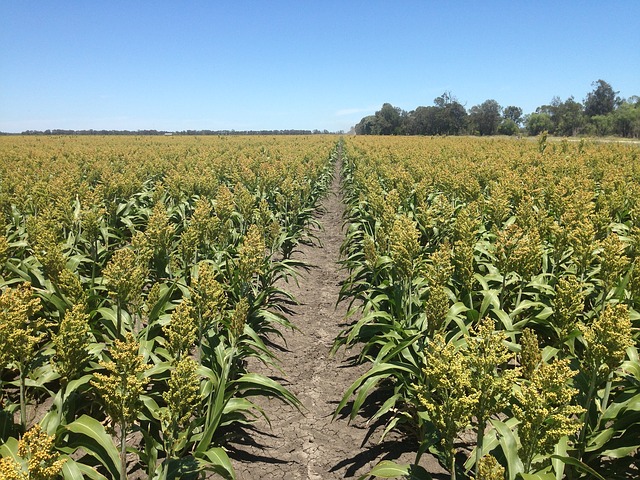June 22, 2018
Despite being for sale, Consolidated Pastoral Company (CPC), one of the largest cattle producers in Australia, is diversifying its operations through expansion into crop production in the northern region of the country.
Rumors of Consolidated Pastoral Company being up for sale have been flying since November of 2014, and following news at the end of January from multiple sources that the sale of A$1 billion cattle business by UK private equity firm Terra Firma was imminent, GAI News did confirm that the two-stage auction is underway.
CPC owns and operates a portfolio of 16 cattle stations with a carrying capacity of 400,000 head of cattle across 5.5 million hectares of land in Australia. The company also holds an 80 percent interest in Juang Jaya Abdi Alam (JJAA), which owns and operates two feedlots in Indonesia. However, plans for the company now include trail production of sorghum and other crops on one of its stations near Katherine, reports ABC.
There exist a number of drivers behind the decision to expand into cropping, according to CPC CEO Troy Setter, including the establishment of additional channels of income.
“…whether its sorghum hay or sorghum grain, or whether the next crop following the sorghum could be something like mangoes or melons. We’re still working through that, but we’re certainly committed to developing and looking at all opportunities in northern Australia,” Setter told ABC.
A second driver is the ability for CPC to become more self-reliant in regard to cattle feed, which would result lower costs for transportation of feed for its young cattle which the company trucks in from the south.
An Attractive Asset
The addition of cropping operations and higher self-sufficiency in cattle feed could make CPC stations more attractive on the market.
In a Global AgInvesting Europe 2017 presentation on the key risks and effects on farmland returns, David Sackett, managing director at Growth Farms Australia, highlighted the need for investors in Australian pastoral assets to focus on properties that bring the potential for optionality if the markets change.
Setter told ABC that the company is also open to possibly growing cotton or corn on some of its other stations.
“Some of those opportunities were developed in the 1990s, but not executed on, and hopefully over the next couple of years we can start to [take up] these opportunities.”
Market factors are also working in favor of Terra Firma and CPC. After a banner 2016-2017, which saw Australian farm production reach record highs, and agriculture be named as the largest contributor to Australian GDP growth, the Australian Bureau of Agricultural and Resource Economics and Sciences (ABARES) is forecasting a return towards mean for 2018.
In addition, over the next five years there is expected to be a steady rise in demand driven by higher incomes and population growth in markets targeted by Australian exporters. As a dominant Australian cattle exporter, with its direct sales channels primarily involving the sale of cattle and beef to Asian consumer markets, domestic feedlots, or exporting processors, CPC is well positioned to benefit from notable trends.
-Lynda Kiernan
Lynda Kiernan is Editor with GAI Media and daily contributor to GAI News. If you would like to submit a contribution for consideration, please contact Ms. Kiernan at lkiernan@globalaginvesting.com

Let GAI News inform your engagement in the agriculture sector.
GAI News provides crucial and timely news and insight to help you stay ahead of critical agricultural trends through free delivery of two weekly newsletters, Ag Investing Weekly and AgTech Intel.




